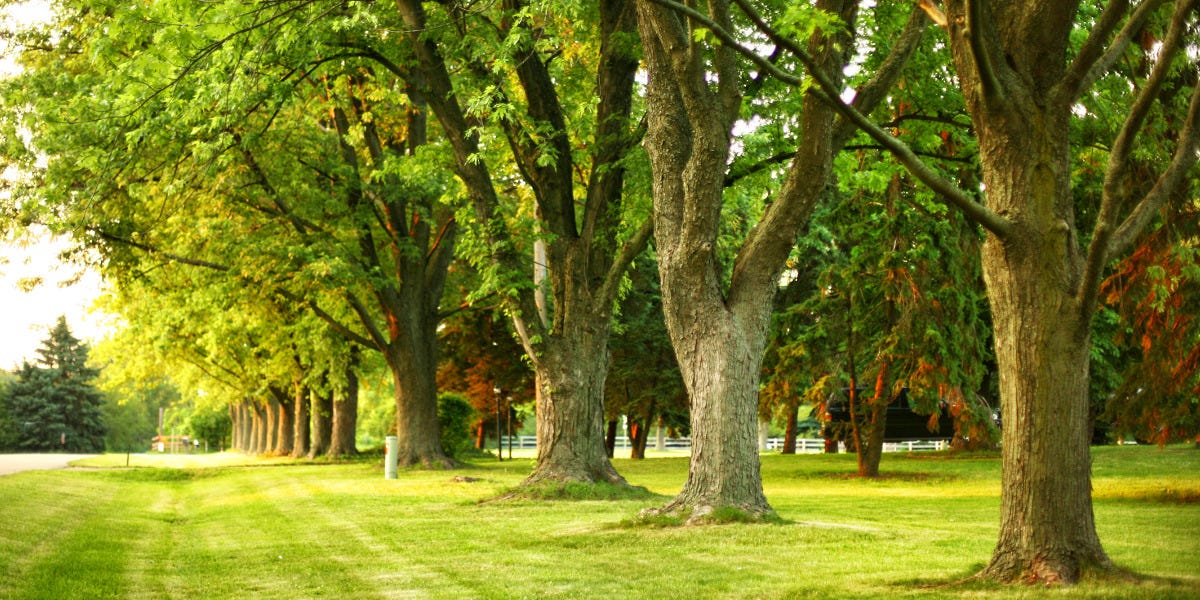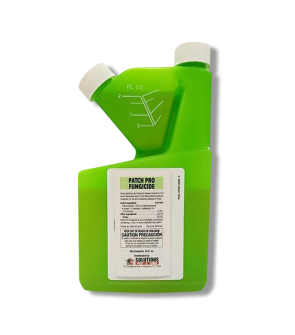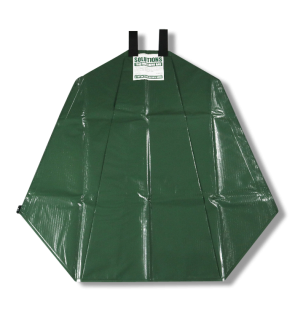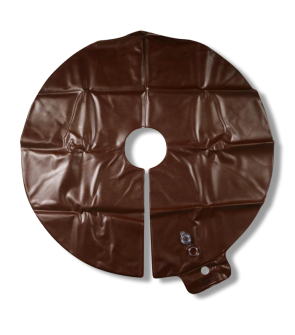Fungus & Diseases in Food-Bearing Plants & Trees
Most Effective Products
Common Fungus and Disease on Food-Bearing Plants and Trees
We are what we eat, and the same goes for food-bearing plants and trees. Too much watering, lack of nutrients, and soil conditions create strong environments for fungi and disease growth.
Often, homeowners will come across these common food-bearing plant and tree diseases such as anthracnose, leaf spot, powdery mildew, rust, and scab. These kinds of diseases and fungus that grow on food bearing plants result in less growth and rotten fruit or vegetables.
Understanding what they look like, where they appear, and taking effective action as suggested in this article will help you establish and keep a healthy food-bearing plant and tree.
If you are not seeing a disease or fungus listed here then contact our customer service team by phone, email, or in-person at one of our store locations for professional advice on how to control the pathogen you are experiencing.
Identification
 Anthracnose grow as circular or irregularly shaped spots that are tan, brown, black, or yellow colored.
Anthracnose grow as circular or irregularly shaped spots that are tan, brown, black, or yellow colored.
 Leaf spots appear as brown, tan, or black colored spots. These spots may be rounded, angular, raised or sunken with smooth or fringed edges that are colored yellow, green, orangish-red, light tan, brown or black.
Leaf spots appear as brown, tan, or black colored spots. These spots may be rounded, angular, raised or sunken with smooth or fringed edges that are colored yellow, green, orangish-red, light tan, brown or black.
 Powdery mildew looks like white to gray colored spots or patches with a white dusting like flour.
Powdery mildew looks like white to gray colored spots or patches with a white dusting like flour.
 Rust is a brown, black, white, yellow, orange, or red colored spot with a distinct flakish appearance.
Rust is a brown, black, white, yellow, orange, or red colored spot with a distinct flakish appearance.
Scab
Scab looks like velvety spots colored as a pale yellow in the beginning stages then later in its growth turn a dark olive green to brown color.
Inspection
 Anthracnose grows on twigs, branches, leaves, flowers, flower buds, petioles, fruit, and on vegetables of food-bearing plants and trees.
Anthracnose grows on twigs, branches, leaves, flowers, flower buds, petioles, fruit, and on vegetables of food-bearing plants and trees.
On food-bearing plants and trees, leaf spots develop at the base of the plant leaves, on fruit or vegetables, twigs, and on the surface of plant leaves.
Powdery mildew appears on either side of leaves, shoots, fruit, vegetables, plant buds, and on the bark of branches and stems.
Rust is commonly found on the lower leaf surface, stems, and the calyx end of fruit.
Scab will appear on leaves, fruit, root surface of vegetables, and sometimes stems for food-bearing plants and trees.
Treatment
Step 1: Adjust Watering
 Many harmful plant pathogens require moisture to survive and to infect food-bearing plants and trees.
Many harmful plant pathogens require moisture to survive and to infect food-bearing plants and trees.
Avoid over-watering, by irrigating foliage with no more than an inch of water once per week. Best to water food-bearing plants and trees early in the morning.
To avoid consistent watering for trees, we recommend using the Solutions Tree Watering Bag for trees that are 1 to 8 inches in trunk diameter. The Solutions Tree Watering Ring works best for trees less than 1 to 8 inches in trunk diameter.
These slow release watering bags deliver 20 gallons of water for the Solutions Tree Watering Bag and 15 gallons for Solutions Tree Watering Rings. As a result, trees will receive a sufficient amount of water with no run-off or evaporation.
Determine the diameter of your tree trunk at diameter breast height (DBH). To do this, begin by measuring 4.5 feet above the ground level. Hold the ruler or tape measurer against the tree then wrap it around the complete middle of the tree at the DBH and record your findings.
Place 1 of the Solutions Tree Watering Bag around trees with a diameter of up to 3 inches. Zip 2 of the Solutions Tree Watering Bags together for trees 4 to 8 inches in diameter.
Wrap the Solutions Tree Watering Bags around the tree trunk with the tag facing outward and zip the ends together from bottom to top. Fill the bag to 1/4 capacity. Drip points may squirt initially, but will slow as the bag is filled.
The result of providing the right amount of water for food-bearing plants and trees will result in better crops and healthier plants.
Step 2: Apply Fungicide
 Once plants are dry, apply a fungicide to kill diseases and fungus on food-bearing plants and trees.
Once plants are dry, apply a fungicide to kill diseases and fungus on food-bearing plants and trees.
Patch Pro Fungicide is a systemic fungicide that eliminates and prevents a broad spectrum of fungi and diseases in turf, ornamentals, and nonbearing fruits and nuts.
Determine how much Patch Pro Fungicide to use by measuring the square footage of the treatment area. To do this, measure the length and width of the treatment area in feet then multiply them together (length X width = square footage). For acreage, take the square footage and divide it by one acre (square footage / 43,560 sq. ft. = acres).
Apply up to 5.4 gallons of Patch Pro Fungicide per acre per outdoor crop per calendar year. We recommend making applications with a spray rig for large treatment areas or a hose-end sprayer to reach elevated areas.
Use 10 ml of Patch Pro Fungicide in up to 1 liter of water per inch trunk diameter for crabapples. For trees less than 10 inches in trunk diameter, use 6 ml per inch trunk diameter.
Spray the top and bottom of leaves until wet, but not to the point of runoff.
Do not apply Patch Pro Fungicide to bearing or nonbearing avocados. Also, do not apply this product to apple, Bartlett pear, cherry, citrus, nectarine, peach, pecan, plum, or walnut trees that will bear harvestable fruit within 12 months.
Do not use fruit from treated trees for feed or food purposes.
Step 3: Rotate Gardens
 When diseases and fungus are eliminated from food-bearing plants and trees, rotate crops.
When diseases and fungus are eliminated from food-bearing plants and trees, rotate crops.
Simply put, rotating food-bearing plants and trees means planting them into different sections than it was previously established.
Fungi and diseases could remain in the soil so by planting crops in the same place over and over you risk potential pathogen growth.
Key Takeaways
What Are Disease Development in Food-Bearing Plants and Trees
- The most common diseases and fungi to grow on food-bearing plants and trees are anthracnose, powdery mildew, scab, rust, or leaf spot.
What Does Diseases Look Like on Food-Bearing Plants and Trees
- The symptoms of disease and fungi growth will depend on the pathogen. This could be discolored foliage, dead leaves, withering leaves or food, and droppings of branches.
How to Get Rid of Fungus and Diseases on Food-Bearing Plants and Trees
- To get rid of fungus and disease on food-bearing plants and trees, you will first need to adjust watering then apply a fungicide like Patch Pro Fungicide. After diseases are eliminated, rotate crop fields to avoid further disease growth and to stop it from developing.














































































































































































































































































































































































































































































































































